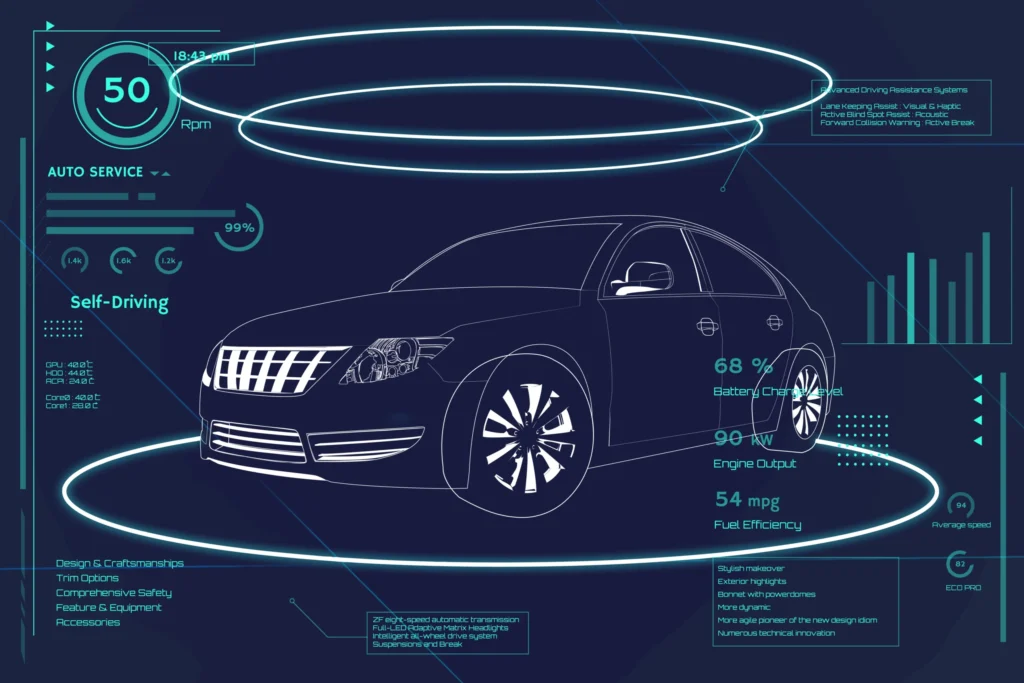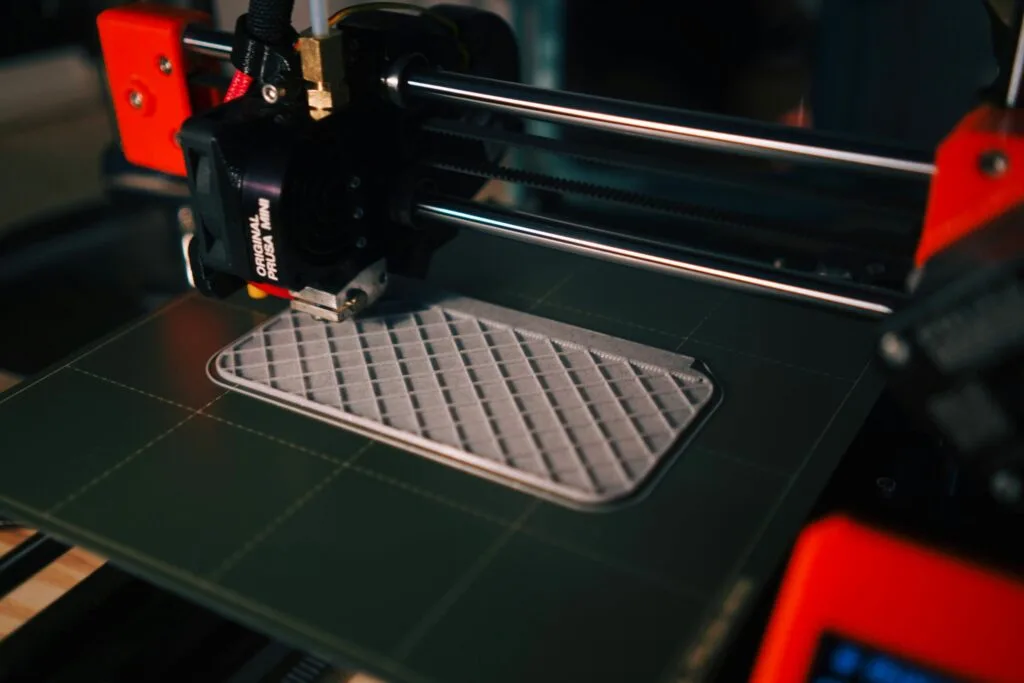The landscape of product development is undergoing a profound transformation, driven by advancements in digital technology. At the forefront of this revolution is simulation in engineering, a powerful methodology that allows for the virtual testing and refinement of products long before physical prototypes are ever made. This paradigm shift, coupled with sophisticated digital modelling techniques, is not just an incremental improvement; it’s a fundamental rethinking of how products are conceived, designed, and brought to market. By leveraging the immense capabilities of virtual environments, engineers can predict performance, identify flaws, and optimize designs with unprecedented accuracy and speed, dramatically shortening development cycles and significantly reducing costs.
Table of Contents
- The Dawn of Digital Transformation in Engineering
- Key Benefits of Adopting Simulation and Digital Modelling
- Tools and Technologies Driving the Change
- Challenges and Future Outlook
- Conclusion
The Dawn of Digital Transformation in Engineering
The push for faster innovation, coupled with increasing product complexity, has necessitated a move beyond traditional trial-and-error methods. Digital transformation offers a viable path forward, with simulation and digital modelling serving as cornerstones.
What is Simulation in Engineering?
At its core, simulation in engineering involves creating a virtual model of a physical system, product, or process to observe its behavior under various conditions. This can range from finite element analysis (FEA) for structural integrity, computational fluid dynamics (CFD) for airflow, to multi-body dynamics (MBD) for kinematic motion. These simulations provide critical insights that would be difficult, costly, or even impossible to obtain through physical testing alone. By accurately mimicking real-world scenarios, engineers can iterate rapidly, test hypotheses, and make data-driven decisions throughout the design process.
The Power of Digital Twins
An evolution of digital modelling, the concept of a digital twin takes virtual representation a step further. A digital twin is a dynamic, virtual replica of a physical asset, process, or system that bridges the gap between the physical and digital worlds. It uses real-time data from sensors attached to its physical counterpart to provide insights into performance, predict potential issues, and optimize operations. For instance, a digital twin of a manufacturing plant can simulate production lines, identify bottlenecks, and suggest improvements before any physical changes are made. This constant feedback loop ensures that the virtual model remains an accurate and up-to-date representation, offering unparalleled opportunities for continuous improvement and predictive maintenance.
Key Benefits of Adopting Simulation and Digital Modelling
The advantages of integrating simulation and digital modelling into product development are manifold, impacting everything from timelines to market success.
Accelerating Product Development Cycles
One of the most significant benefits is the dramatic reduction in time-to-market. By validating designs virtually, companies can minimize the number of physical prototypes required, often eliminating several costly and time-consuming iterations. Engineers can test hundreds or even thousands of design variations digitally in the time it would take to build and test a single physical prototype. This agility allows companies to respond more quickly to market demands and gain a competitive edge.
Reducing Costs and Risks
Physical prototyping is expensive, not just in terms of materials and manufacturing, but also in testing labor and facility costs. Simulation significantly reduces these expenses by identifying design flaws early in the process when they are cheapest to fix. Furthermore, by predicting potential failure modes and performance issues, simulation mitigates risks associated with product recalls, warranty claims, and regulatory non-compliance, safeguarding reputation and financial stability.
Enhancing Product Performance and Quality
Digital modelling enables a deeper understanding of how a product will perform under various conditions. Engineers can optimize components for weight, strength, aerodynamics, thermal management, and more, leading to superior product performance. This meticulous attention to detail at the design stage translates into higher quality products that meet or exceed customer expectations, improving user satisfaction and brand loyalty.
Tools and Technologies Driving the Change
The sophistication of simulation and digital modelling is continuously evolving, powered by cutting-edge software and computing advancements.
Advanced Software Solutions
Modern engineering simulation software packages offer a comprehensive suite of tools for various analyses, including structural, thermal, fluid, electromagnetic, and acoustic simulations. These tools often feature intuitive interfaces, robust solvers, and integration capabilities with CAD (Computer-Aided Design) systems, making them accessible to a wider range of engineers. Leading platforms provide capabilities for multi-physics simulations, allowing engineers to analyze complex interactions between different physical phenomena simultaneously, such as fluid flow affecting structural integrity.
Integration with AI and Machine Learning
The convergence of simulation with Artificial Intelligence (AI) and Machine Learning (ML) is unlocking new frontiers. AI can be used to optimize simulation parameters, accelerate design exploration, and even predict simulation outcomes based on historical data. ML algorithms can analyze vast datasets from simulations to identify patterns, suggest design improvements, and automate repetitive tasks. This integration promises to make simulation even more powerful, efficient, and accessible, empowering engineers to tackle increasingly complex design challenges.
Challenges and Future Outlook
While the benefits are clear, adopting these technologies is not without its hurdles.
Overcoming Implementation Hurdles
The initial investment in software, hardware, and specialized training can be substantial. Furthermore, integrating new simulation workflows into existing product development processes requires careful planning and change management. Data management also presents a challenge, as simulations generate vast amounts of data that need to be stored, managed, and effectively utilized. Companies must invest in robust data infrastructure and cultivate a culture of data-driven decision-making.
The Future of Simulation in Engineering
The trajectory for simulation in engineering is one of continuous growth and integration. We can expect to see even more realistic and predictive models, enhanced by quantum computing and advanced cloud infrastructure. The democratization of simulation tools, making them easier to use for non-specialists, will also be a key trend. Furthermore, the role of generative design, where AI algorithms explore thousands of design possibilities based on specified constraints, will become increasingly prominent, with simulation validating and refining these AI-generated concepts. For more insights into related advanced manufacturing, consider reading about advanced manufacturing techniques (internal link).
Here’s a comparison of traditional vs. simulation-driven development:
| Feature | Traditional Development | Simulation-Driven Development |
|---|---|---|
| Prototyping | Multiple physical prototypes | Fewer physical, more virtual prototypes |
| Cost | High (materials, testing) | Lower (reduced physical prototypes) |
| Time-to-Market | Longer cycles | Shorter cycles |
| Risk Mitigation | Late-stage issue discovery | Early-stage issue prediction |
| Optimization | Limited by physical tests | Extensive virtual exploration |
Conclusion
Simulation in engineering and digital modelling are undeniably charting the future of product development. By enabling virtual exploration, rapid iteration, and predictive analysis, these technologies empower engineers to design better products, faster and more economically. As these tools become more sophisticated and integrated with emerging technologies like AI, their impact will only continue to grow, solidifying their status as indispensable assets for innovation in the 21st century. The journey towards fully digital product lifecycles is well underway, promising unprecedented levels of efficiency, quality, and creativity across all industries. To delve deeper into the specifics of engineering simulation, you might find resources from organizations like Ansys to be valuable.


